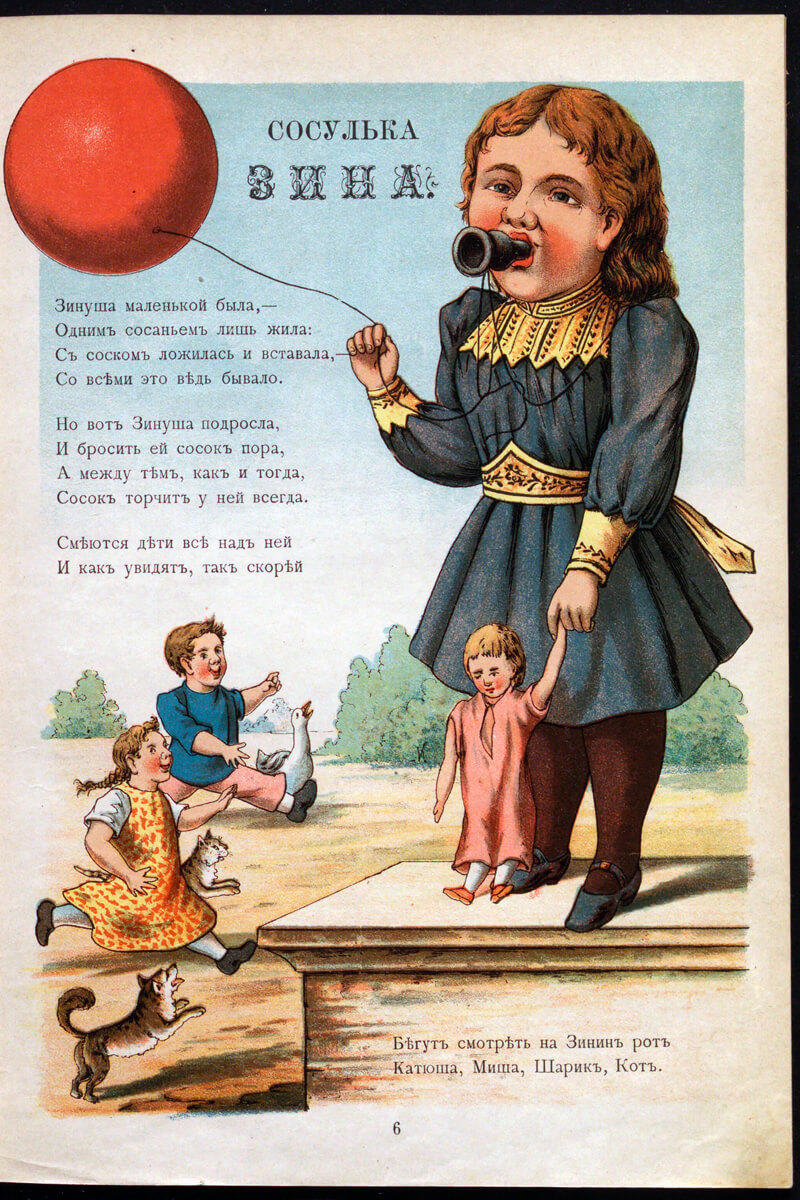Heinrich Hoffmann who was not a professional children’s writer, but a psychiatrist, wrote a small book of instructive horror stories for children, “Styopka-rastryopka”, or in the original “Der Struwwelpeter” (“Neryakha Petr” or “Shaggy Peter”), for his three-year-old son in 1845. The first edition, published in Germany, consisted of six cautionary tales. The next edition, released in 1847, already included 10 stories. A few times the book came out with no information about the author of texts and drawings. The author’s last name, Hoffman, appeared only in the fifth edition. The character he created – ‘Neryakha Petr’ - became a beloved hero for many generations of children in different countries.
In the author’s lifetime, this book went through almost a hundred editions. It was translated into dozens of languages (including Russian) and is considered one of the most popular children’s books in the history of literature.
In the author’s lifetime, this book went through almost a hundred editions. It was translated into dozens of languages (including Russian) and is considered one of the most popular children’s books in the history of literature.







































